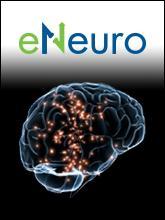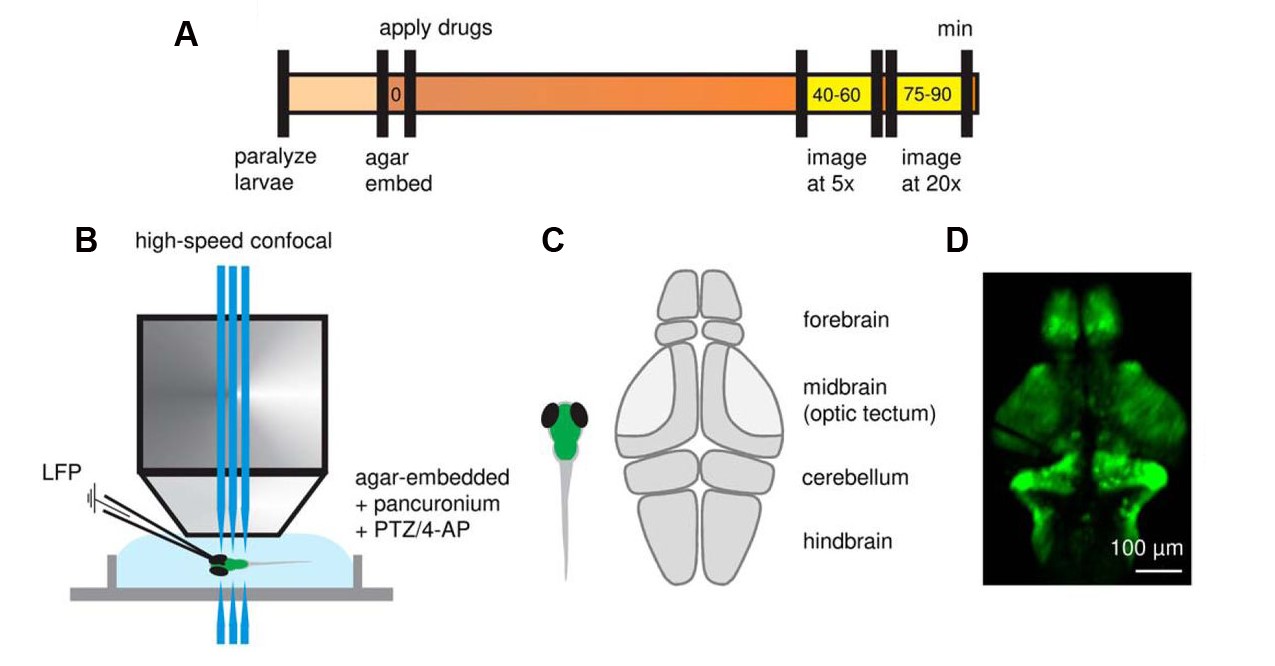See the most shared articles of May/June 2019; Volume 6,Issue 3
Authors show that blocking endogenous Bone Morphogenetic Protein 4 signaling via a selective pharmacological approach promotes oligodendroglial differentiation and increases the rate of remyelination after a central demyelinating insult in vivo.
Editor's Pick: Does Learning a Second Language Rely on Familiarity with Native Language Orthography?
Authors tested whether native English-speaking adults could learn a second, visually atypical writing system, HouseFont, and used neuroimaging data to assess the location of any learning effects.
Authors provide the first functional description of the emergence of neocortical fast ripples in hippocampal epilepsy and show that cross-frequency coupling might be a fundamental mechanism underlying the spreading of epileptic activity.
PhD Candidate Ruilong Hu and Dr. Ricardo Araneda tell the story about their eNeuro publication that showed that the two predominant subtypes of inhibitory neurons in the main olfactory bulb, the granule cells and periglomerular cells, exhibit subthreshold resonance mediated by hyperpolarization-activated currents (Ih), as opposed to the primary output neurons, the mitral cells.
eNeuro has grown since it launched in November 2014, and just published its 1,000th article! To celebrate this milestone, we’ve curated the list below of top 5 most-cited articles and highest Altmetric scores from all the research published in the journal.
Authors used well-established seizure protocols and fast confocal imaging of genetically encoded calcium indicator-expressing zebrafish to investigate epileptic network properties at brain-wide and single-cell levels.
See the most shared articles of March/April 2019; Volume 6,Issue 2
Dr. Laura Blair tells the story about her first-author eNeuro paper that showed that mice with high expression levels of the FK506-binding protein FKBP51 have altered reversal learning and memory, which may be through direct regulation of neuronal activity by regulating AMPA receptors.
Authors show that excitation and inhibition of pyramidal neurons in different basolateral amygdala subdivisions promote auditory fear memory formation.
FOLLOW US
TAGS
CATEGORIES







 RSS Feed
RSS Feed




